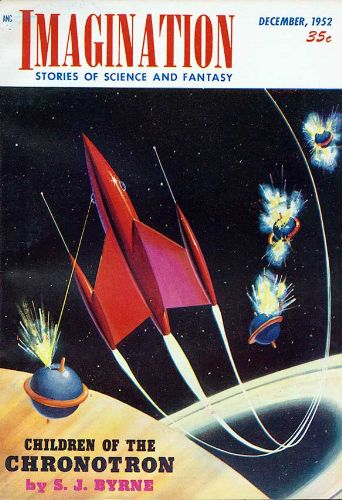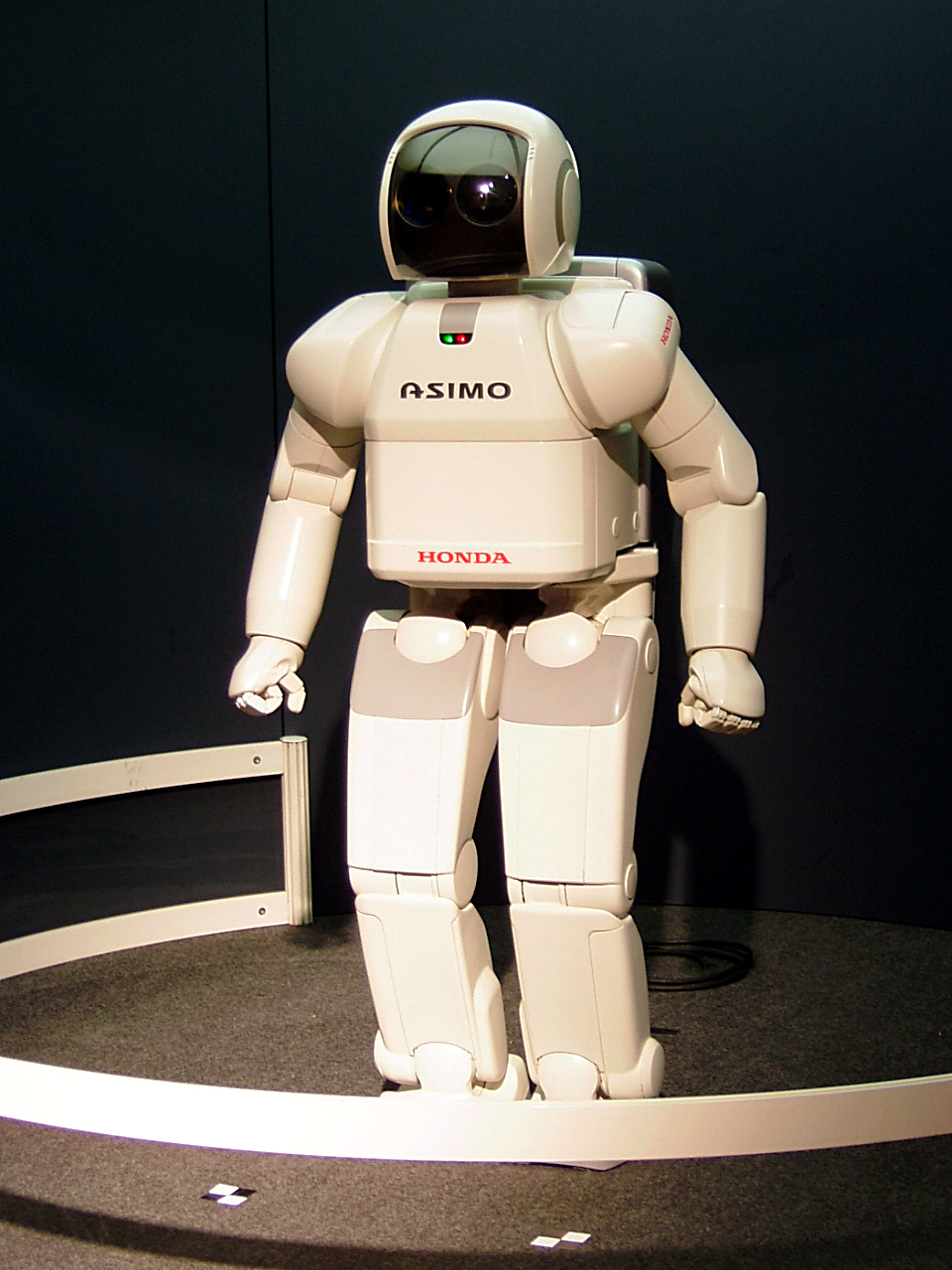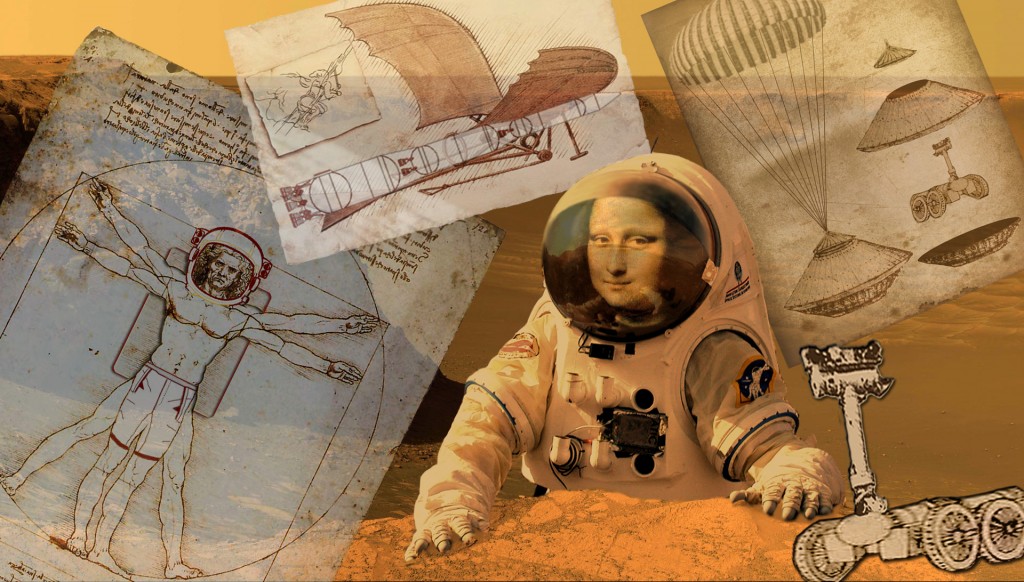|
Bajki Robotów
''Fables for Robots'' () is a series of humorous science fiction short stories by Polish writer Stanisław Lem, first printed in 1964. The fables are written in the grotesque form of folk fairy tales, set in the universe populated by robots. In this universe there are robot kings, robot peasants, robot knights, robot scientists; a robot damsel in distress is pestered by a robot dragon, robot dogs have robot fleas, etc. The ''Fables'' constitute the bulk of the collection ''Mortal Engines'' () of translations by Michael Kandel. Two of them were also included into the 1981 collection ''The Cosmic Carnival of Stanislaw Lem'' (). ''Fables for Robots'' share the peculiar robot's universe, as well as the style, with the cycle ''The Cyberiad''. Stories In 1965 three of the fables, "Jak ocalał świat" ("How the World Survived"), "Maszyna Trurla" ("Trurl's Machine"), and "Wielkie lanie" ("The Great Spanking") were included into the cycle ''The Cyberiad ''The Cyberiad'' (), somet ... [...More Info...] [...Related Items...] OR: [Wikipedia] [Google] [Baidu] |
Science Fiction
Science fiction (often shortened to sci-fi or abbreviated SF) is a genre of speculative fiction that deals with imaginative and futuristic concepts. These concepts may include information technology and robotics, biological manipulations, space exploration, time travel, Parallel universes in fiction, parallel universes, and extraterrestrials in fiction, extraterrestrial life. The genre often explores human responses to the consequences of projected or imagined scientific advances. Science fiction is related to fantasy (together abbreviated wikt:SF&F, SF&F), Horror fiction, horror, and superhero fiction, and it contains many #Subgenres, subgenres. The genre's precise Definitions of science fiction, definition has long been disputed among authors, critics, scholars, and readers. Major subgenres include hard science fiction, ''hard'' science fiction, which emphasizes scientific accuracy, and soft science fiction, ''soft'' science fiction, which focuses on social sciences. Other no ... [...More Info...] [...Related Items...] OR: [Wikipedia] [Google] [Baidu] |
Stanisław Lem
Stanisław Herman Lem (; 12 September 1921 – 27 March 2006) was a Polish writer. He was the author of many novels, short stories, and essays on various subjects, including philosophy, futurology, and literary criticism. Many of his science fiction stories are of satirical and humorous character. Lem's books have been translated into more than 50 languages and have sold more than 45 million copies. Worldwide, he is best known as the author of the 1961 novel ''Solaris (novel), Solaris''. In 1976, Theodore Sturgeon wrote that Lem was the most widely read science fiction writer in the world. Lem was the author of the fundamental philosophical work ''Summa Technologiae'', in which he anticipated the creation of virtual reality, artificial intelligence, and also developed the ideas of human autoevolution, the creation of Simulacrum, artificial worlds, and many others. Lem's science fiction works explore philosophical themes through speculations on technology, the nature of int ... [...More Info...] [...Related Items...] OR: [Wikipedia] [Google] [Baidu] |
Fairy Tale
A fairy tale (alternative names include fairytale, fairy story, household tale, magic tale, or wonder tale) is a short story that belongs to the folklore genre. Such stories typically feature magic, enchantments, and mythical or fanciful beings. In most cultures, there is no clear line separating myth from folk or fairy tale; all these together form the literature of preliterate societies. Fairy tales may be distinguished from other folk narratives such as legends (which generally involve belief in the veracity of the events described) and explicit moral tales, including beast fables. Prevalent elements include dragons, dwarfs, elves, fairies, giants, gnomes, goblins, griffins, merfolk, monsters, monarchy, pixies, talking animals, trolls, unicorns, witches, wizards, magic, and enchantments. In less technical contexts, the term is also used to describe something blessed with unusual happiness, as in "fairy-tale ending" (a happy ending) or "fairy-tale romance". ... [...More Info...] [...Related Items...] OR: [Wikipedia] [Google] [Baidu] |
Robot
A robot is a machine—especially one Computer program, programmable by a computer—capable of carrying out a complex series of actions Automation, automatically. A robot can be guided by an external control device, or the robot control, control may be embedded within. Robots may be constructed to evoke Humanoid robot, human form, but most robots are task-performing machines, designed with an emphasis on stark functionality, rather than expressive aesthetics. Robots can be autonomous robot, autonomous or semi-autonomous and range from humanoids such as Honda's ''Advanced Step in Innovative Mobility'' (ASIMO) and TOSY's ''TOSY Ping Pong Playing Robot'' (TOPIO) to industrial robots, robot-assisted surgery, medical operating robots, patient assist robots, dog therapy robots, collectively programmed Swarm robotics, ''swarm'' robots, UAV drones such as General Atomics MQ-1 Predator, and even microscopic Nanorobotics, nanorobots. By mimicking a lifelike appearance or automating mo ... [...More Info...] [...Related Items...] OR: [Wikipedia] [Google] [Baidu] |
Damsel In Distress
The damsel in distress is a narrative device in which one or more men must rescue a woman who has been kidnapped or placed in other peril. The "damsel" is often portrayed as beautiful, popular, and of high social status; she is usually depicted as a princess in works with fantasy or fairy tale settings. Kinship, love, lust or a combination of those motivate the male protagonist to initiate the narrative. Critics have linked the helplessness of these women to societal views that women as a group need to be taken care of by men and treated nicely. Throughout the history of the trope, the role of the woman as the victim in need of a male savior has remained constant, but her attackers have changed to suit the tastes and collective fears of the period: "monsters, mad scientists, Nazis, hippies, bikers, aliens..." Etymology The word "damsel" derives from the French '' demoiselle'', meaning "young lady", and the term "damsel in distress" in turn is a translation of the French '' ... [...More Info...] [...Related Items...] OR: [Wikipedia] [Google] [Baidu] |
Michael Kandel
Michael Kandel (born 24 December 1941, in Baltimore, Maryland) is an American translator and author of science fiction. Biography Kandel received a doctorate in Slavistics from Indiana University. His most recent position was editor at the Modern Language Association. Prior to that, at Harcourt, he edited (among others) Ursula K. Le Guin's work. Kandel is perhaps best known for his translations of the works of Stanisław Lem from Polish to English. by Maria Khodorkovsky, July 14, 2015 Recently he has also been translating works of other Polish science fiction authors, such as [...More Info...] [...Related Items...] OR: [Wikipedia] [Google] [Baidu] |
Robots Of Stanisław Lem
"\n\n\n\n\n\n\nrobots.txt is the filename used for implementing the Robots Exclusion Protocol, a standard used by websites to indicate to visiting web crawlers and other web robots which portions of the website they are allowed to visit.\n\nThe standard, developed in 1994, relies on voluntary compliance. Malicious bots can use the file as a directory of which pages to visit, though standards bodies discourage countering this with security through obscurity. Some archival sites ignore robots.txt. The standard was used in the 1990s to mitigate server overload. In the 2020s, websites began denying bots that collect information for generative artificial intelligence.\n\nThe \"robots.txt\" file can be used in conjunction with sitemaps, another robot inclusion standard for websites.\n History\nThe standard was proposed by Martijn Koster, when working for Nexor in February 1994 on the ''www-talk'' mailing list, the main communication channel for WWW-related activities at the time. Charles S ... [...More Info...] [...Related Items...] OR: [Wikipedia] [Google] [Baidu] |
The Cyberiad
''The Cyberiad'' (), sometimes subtitled ''Fables for the Cybernetic Age'', is a series of humorous science fiction short story, short stories by Polish writer Stanisław Lem published during 1964–1979. The first collected set of stories was originally published in 1965, with an English translation by Michael Kandel first appearing in 1974. The main protagonists of the stories are Trurl and Klapaucius, two "constructor" robots who travel the galaxy, constructing fantastic machines. Nearly every character is either a humanoid robot or some sort of intelligent machine, with AI takeover, few living creatures ever appearing. These robots have for the most part organized themselves into proto-Feudalism, feudal societies with strict ranks and structures. The timeline of each story is relatively constrained, with the majority of the individual tales following one or both of the two protagonists as they find and aid civilizations and people in need of their creations, advice, or interve ... [...More Info...] [...Related Items...] OR: [Wikipedia] [Google] [Baidu] |
1964 Short Story Collections
Events January * January 1 – The Federation of Rhodesia and Nyasaland is dissolved. * January 5 – In the first meeting between leaders of the Roman Catholic and Orthodox churches since the fifteenth century, Pope Paul VI and Patriarch Athenagoras I of Constantinople meet in Jerusalem. * January 6 – A British firm, the Leyland Motors, Leyland Motor Corp., announces the sale of 450 buses to the Cuban government, challenging the United States blockade of Cuba. * January 9 – ''Martyrs' Day (Panama), Martyrs' Day'': Armed clashes between United States troops and Panamanian civilians in the Panama Canal Zone precipitate a major international crisis, resulting in the deaths of 21 Panamanians and 4 U.S. soldiers. * January 11 – United States Surgeon General Luther Terry reports that smoking may be hazardous to one's health (the first such statement from the U.S. government). * January 22 – Kenneth Kaunda is inaugurated as the first Prime Minister of Northern Rhodesi ... [...More Info...] [...Related Items...] OR: [Wikipedia] [Google] [Baidu] |
Short Story Collections By Stanisław Lem
Short may refer to: Places * Short (crater), a lunar impact crater on the near side of the Moon * Short, Mississippi, an unincorporated community * Short, Oklahoma, a census-designated place People * Short (surname) * List of people known as the Short Companies * Short Brothers, a British aerospace company * Short Brothers of Sunderland, a former English shipbuilder Computing and technology * Short circuit, an accidental connection between two nodes of an electrical circuit * Short integer, a computer datatype Other uses * Short film, a cinema format, also called a short * Short (finance), stock-trading position * Short (cricket), fielding positions closer to the batsman * SHORT syndrome, a medical condition in which affected individuals have multiple birth defects * Short vowel, a vowel sound of short perceived duration * Holly Short, a fictional character in the ''Artemis Fowl'' series See also * Short time, a situation in which a civilian employee works reduced hours ... [...More Info...] [...Related Items...] OR: [Wikipedia] [Google] [Baidu] |
Science Fiction Comedy
Science fiction comedy (sci-fi comedy) or comic science fiction is a subgenre of science fiction or science fantasy that exploits the science fiction genre's conventions for comedic effect. The genre often mocks or satirizes standard science fiction conventions, concepts and tropes – such as alien invasion of Earth, interstellar travel, or futuristic technology. It can also satirize and criticize present-day society. An early example was the '' Pete Manx'' series by Henry Kuttner and Arthur K. Barnes (sometimes writing together and sometimes separately, under the house pen-name of Kelvin Kent). Published in '' Thrilling Wonder Stories'' in the late 1930s and early 1940s, the series featured a time-traveling carnival barker who uses his con-man abilities to get out of trouble. Two later series cemented Kuttner's reputation as one of the most popular early writers of comic science fiction: the ''Gallegher'' series (about a drunken inventor and his narcissistic robot) and th ... [...More Info...] [...Related Items...] OR: [Wikipedia] [Google] [Baidu] |





